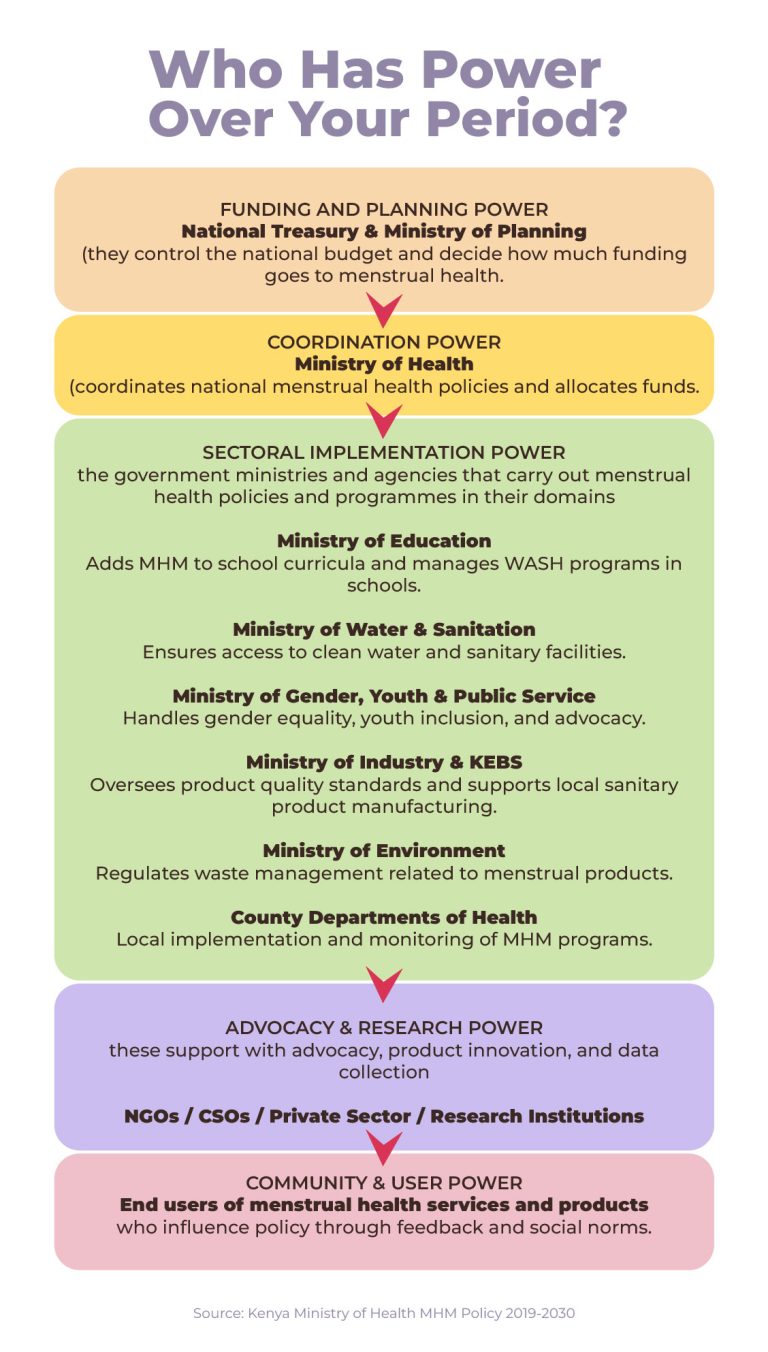Menstrual Health in Kenya: A Human Rights Perspective Fact Sheet
Overview
Menstrual health is more than a sanitation issue – it is a human right linked to SDG 3 – Health, SDG4 – Education, SDG 5 – Gender Equality, and SDG 6 – Water & Sanitation. For many women and girls in Kenya, menstruation remains a barrier to full participation in society. Addressing it as a rights-based issue demands investments in information, infrastructure, and inclusion that protect bodily autonomy, equality, and dignity.

Framing Menstrual Health as a Human Rights Issue
- Right to Health (SDG 3):
Poor menstrual management increases risks of infections and psychological stress. Access to safe products, clean water, and private facilities is essential to the right to health. - Right to Education (SDG 4):
Period poverty and inadequate school WASH infrastructure contribute to absenteeism and drop-outs, undermining girls’ right to education. - Right to Equality (SDG 5):
Cultural taboos, stigma, and economic inequality reinforce discrimination, violating the right to gender equality and non-discrimination. - Right to Water & Sanitation (SDG 6):
Only 45.3 % of girls have both clean water and soap for menstrual hygiene at school — a clear failure of the right to safe water and sanitation.

Kenya’s Sanitary Towel Programme
Since 2011, the Government of Kenya has allocated nearly KSh 3.49 billion toward the National Sanitary Towels Programme, aimed at ensuring that schoolgirls can manage menstruation with dignity and stay in school. The programme is implemented through the Ministry of Education, which distributes free sanitary towels to girls enrolled in public basic education institutions as mandated by the Basic Education (Amendment) Act, 2017.
The allocations for the programme increased between the financial year 2019/2020 and 2020/2021, before reducing in 2021/2022. This is despite the increase in enrolment of girls to 1,675,679 in the same year. The fluctuations in the annual allocations impacted the number of girls benefiting. For example, the number of girls who benefited between the financial years of 2019/2020 and 2020/2021 increased but reduced in the financial year 2021/2022 due to a drastic cut on budgetary allocations.
Who Has Power Over Your Period?
The allocations for the programme increased between the financial year 2019/2020 and 2020/2021, before reducing in 2021/2022. This is despite the increase in enrolment of girls to 1,675,679 in the same year. The fluctuations in the annual allocations impacted the number of girls benefiting. For example, the number of girls who benefited between the financial years of 2019/2020 and 2020/2021 increased but reduced in the financial year 2021/2022 due to a drastic cut on budgetary allocations.
Who Has Power Over Your Period?

Policy Gaps and Action Priorities
- Guarantee access to affordable menstrual products through free public provision and community distribution systems.
- Expand menstrual health education in primary and secondary schools, ensuring inclusion of learners with disabilities.
- Provide safe, private facilities with water, soap, and disposal mechanisms in schools and workplaces.
- Tackle stigma and misinformation through sustained public education campaigns and inclusion in sexuality education.
- Adopt rights-based budgeting — ring-fence national and county funds for menstrual health under health, education, and gender programs.
- Collect and report disaggregated data on menstrual health outcomes to track inequality and progress.
Conclusion
Kenya’s progress, including its Menstrual Hygiene Management Policy (2019–2030) and Basic Education Amendment Act (2017), shows commitment. Yet persistent disparities by wealth, residence, and education prove that menstruation must be treated not as a hygiene matter but as a human rights and equity imperative.
Ensuring menstrual dignity for all Kenyan women and girls requires systemic change — integrating menstrual health into national policy, education, WASH, and human rights frameworks.
Sources: Kenya Demographic and Health Survey (2022); UNFPA Kenya Menstrual Health Policy Brief (2024); UN Women Data Portal (2023); UNICEF/WHO JMP Menstrual Health Data (2023); Kenya Ministry of Health MHM Policy 2019-2030; Office of the Auditor-General, 2022
